Stewardship Land
Aotearoa’s stewardship land — Too precious to lose
One third of our conservation estate is caught in limbo — wild places just as stunning, ecologically rich, and beloved as any national park. It’s time they get properly protected.
In 2014 FMC launched a campaign to ensure these lands get the protection they deserve – and we continue to advocate for this today. Learn why stewardship land matters, what’s at stake, and how we’re standing up for the places our community loves.

What and where is stewardship land?
Around one-third of New Zealand Aotearoa, is public conservation land, which is managed by the Department of Conservation – yet not all public conservation land is equal. In Aotearoa, this land is classified into categories like National Park, Nature Reserve, Conservation Area, to name a few. Stewardship land is public conservation land that hasn’t yet been formally classified. It makes up one-third of all public conservation land managed by the Department of Conservation (or 9% of Aotearoa’s total land area) and includes many of our most spectacular and biodiverse places.
When DOC was established in 1987, more than 10% of New Zealand’s land was placed into this temporary category, with the intention that it would be properly classified later. That reclassification has largely still not happened. As a result, stewardship land remains vulnerable: it often lacks adequate protection and is more exposed to concessions for mining or hydro development.
To help people better understand the extent and importance of stewardship land, FMC has created an interactive stewardship land map. Take a look and see what’s at stake.

What’s the issue — and what has FMC done about it?
For years, stewardship land was seen by some as low-value — simply because it hadn’t been assessed. In 2014, following a critical report by the Parliamentary Commissioner for the Environment, FMC launched its Forgotten Lands campaign to push for proper assessment and reclassification of stewardship land across Aotearoa.
We began by advocating for eight outstanding natural areas to be formally protected — including Whangapoua and Tairua Forests, St James Conservation Area, the Remarkables, and the Lower Landsborough to Lake Moeraki.
Over time, we expanded our work to include targeted efforts for at-risk or high-value areas. Two major FMC initiatives emerged in 2020: the Remarkables National Park campaign and the Wild Rivers Park proposal for the southern West Coast.
These campaigns helped reshape public perception. Stewardship land is now widely recognised as valuable conservation land — and development proposals affecting it are more likely to face public opposition.
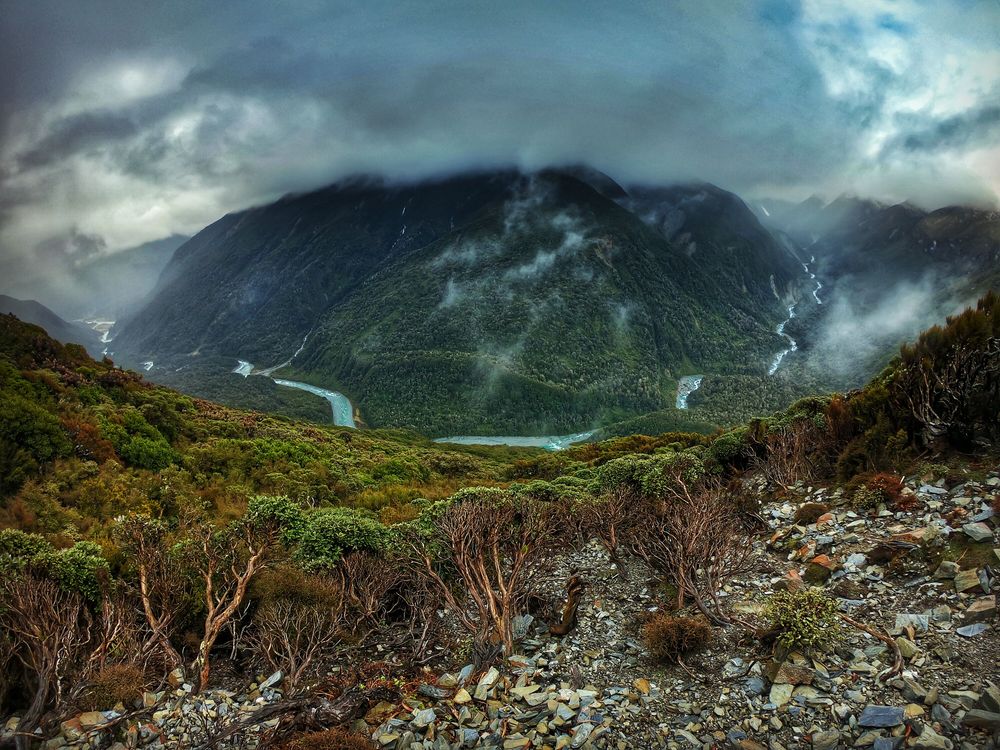
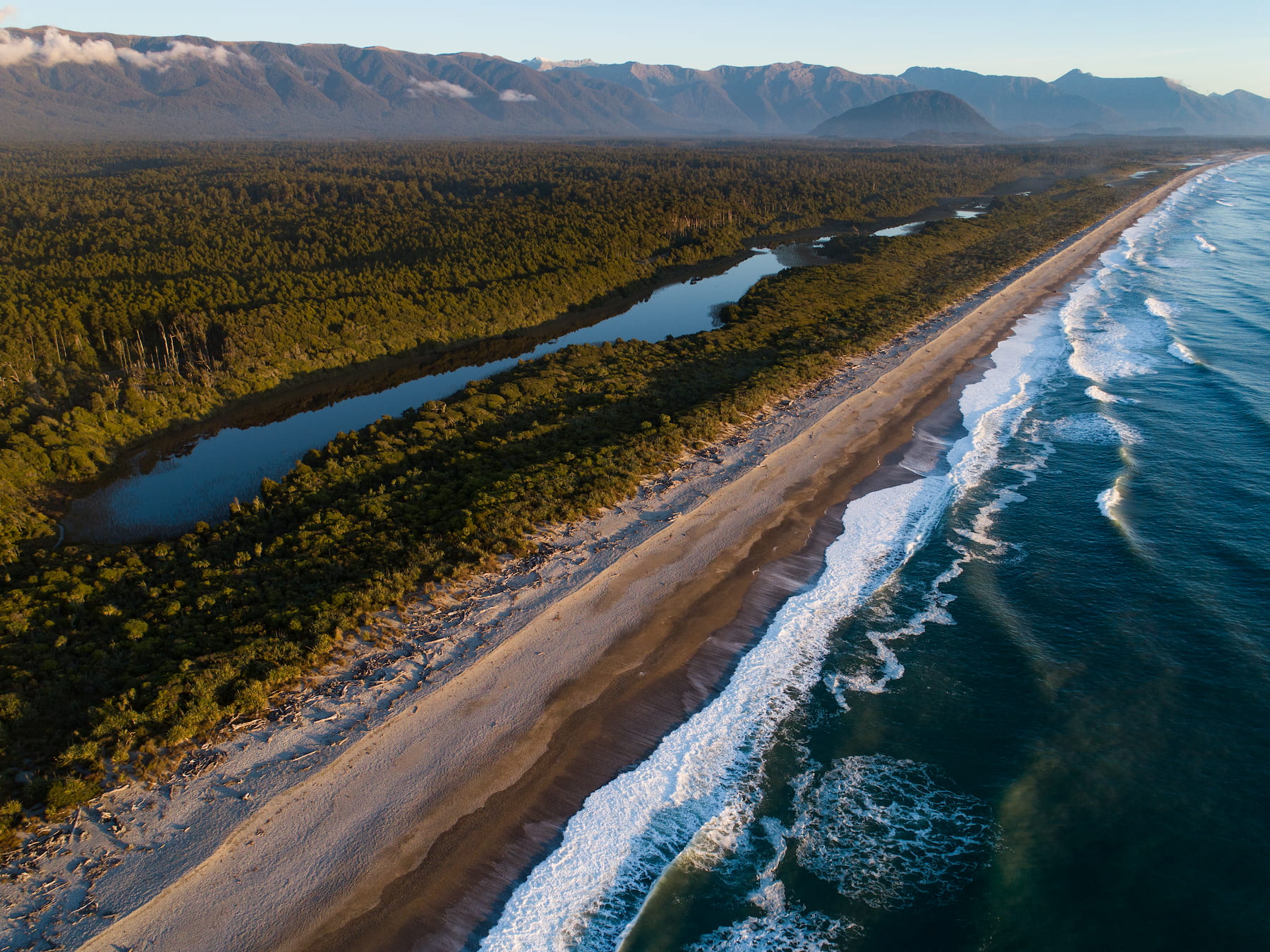
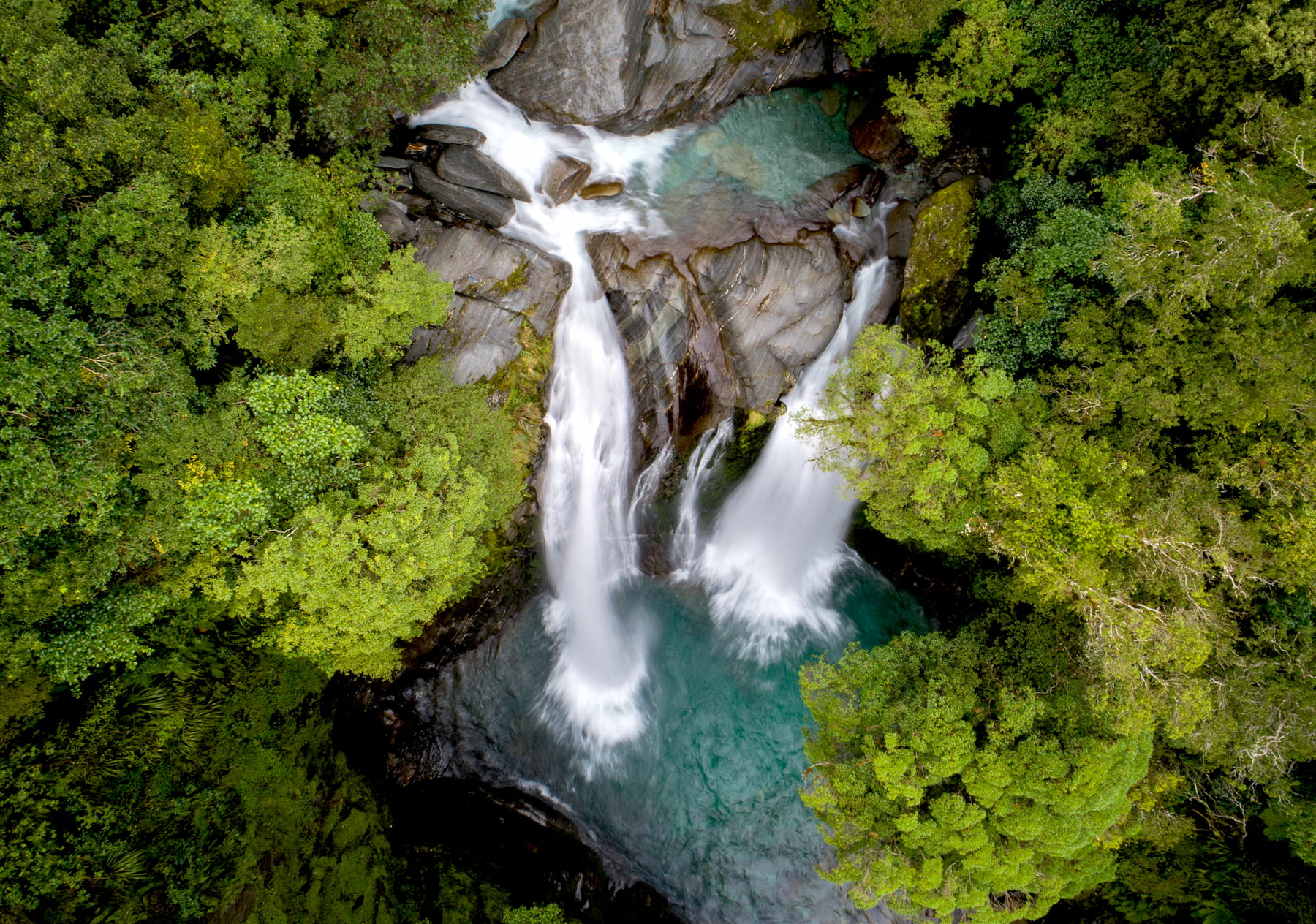
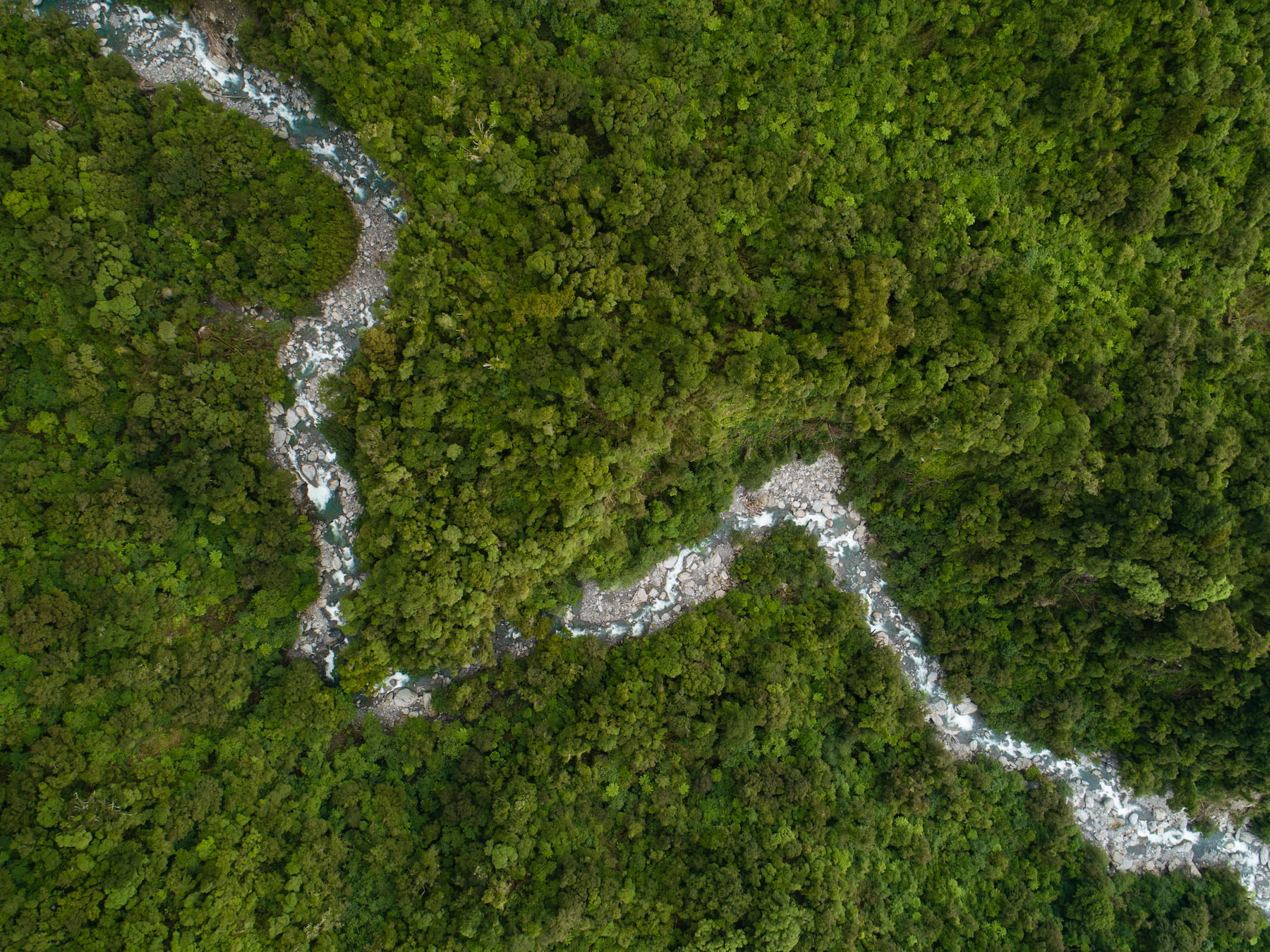

What have DOC and the government done about it?
Since 2015, DOC has explored how to prioritise the reclassification of stewardship land. It identified three large and fifteen smaller areas, with St James, Mokihinui, and parts of Te Wāhipounamu making up nearly a third of all stewardship land. Mokihinui was successfully added to Kahurangi National Park, as advocated by FMC, but St James remains unresolved.
In 2021, the Government launched a two-step process to speed things up: first, the establishment of expert panels to assess stewardship land and recommend reclassification, followed by proposed changes to the Conservation Act.
The first region under assessment was Te Tai Poutini West Coast, the region containing the majority of Aotearoa’s stewardship land. FMC submitted detailed recommendations on the reclassification of this area in 2022. However, the assessment is still pending, awaiting decisions from the Minister of Conservation.
FMC is concerned by the current government’s growing tendency to view stewardship land as a potential resource for economic development. Several fast-track projects are located on high-value stewardship land — including the proposed expansion of the Remarkables ski field into the Doolans, a hydro scheme on the wild Waitaha River, and a mining proposal for the Denniston Plateau.
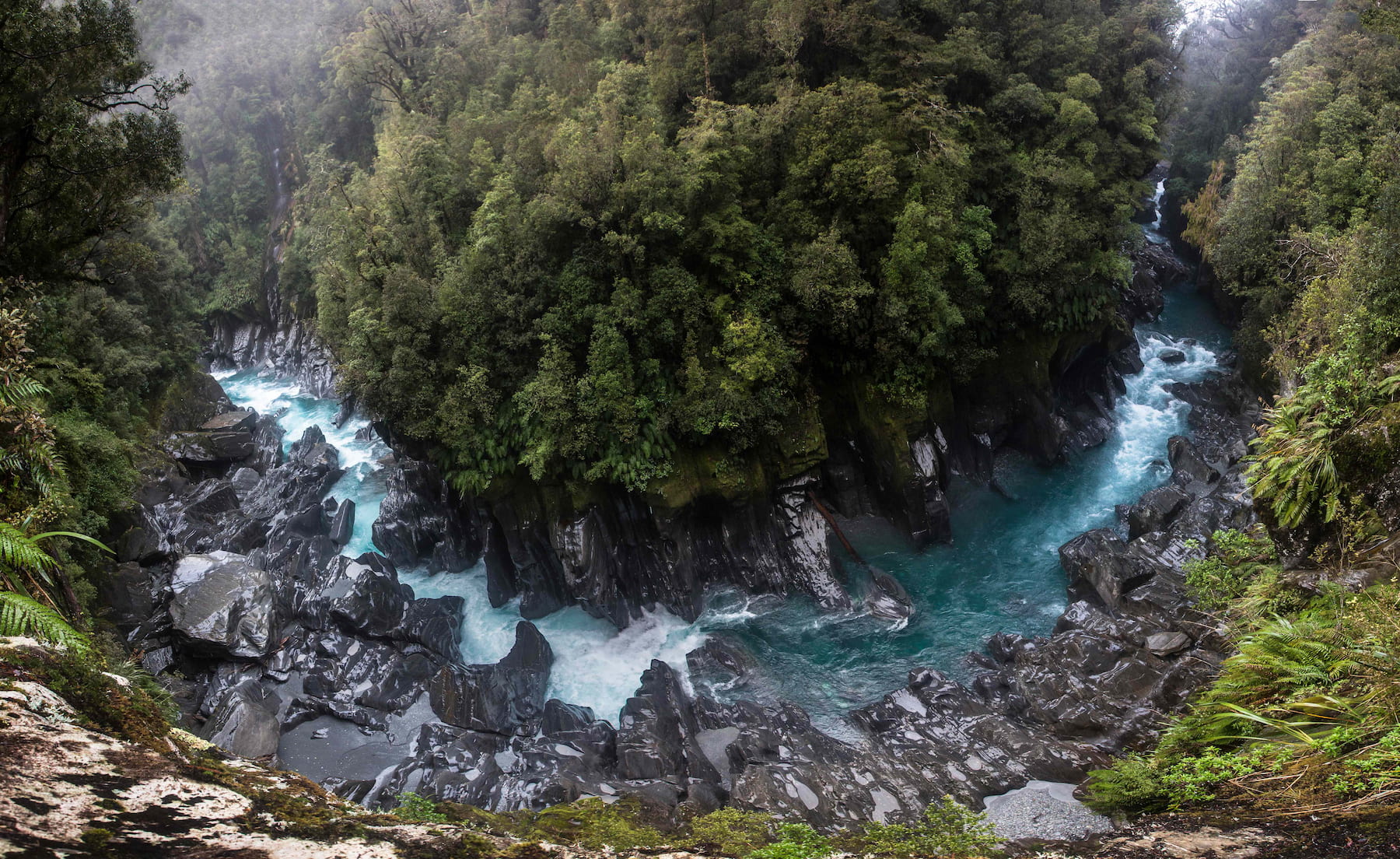
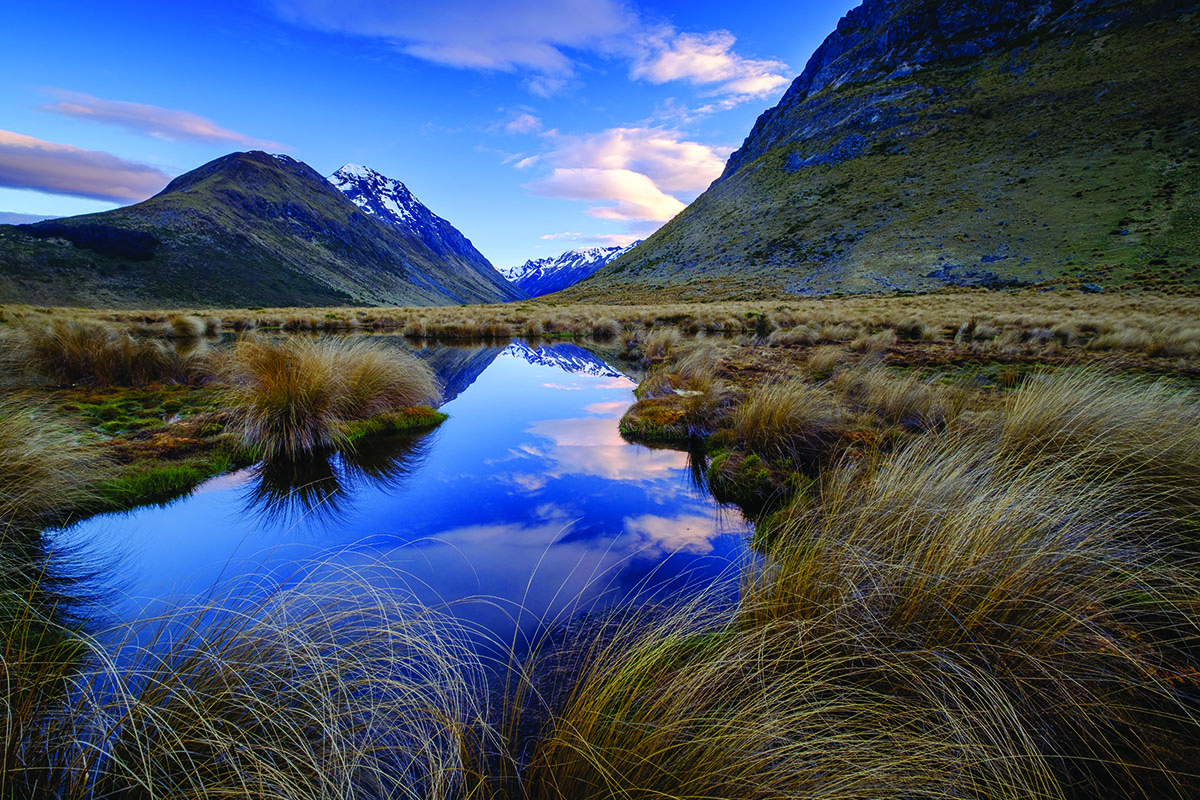
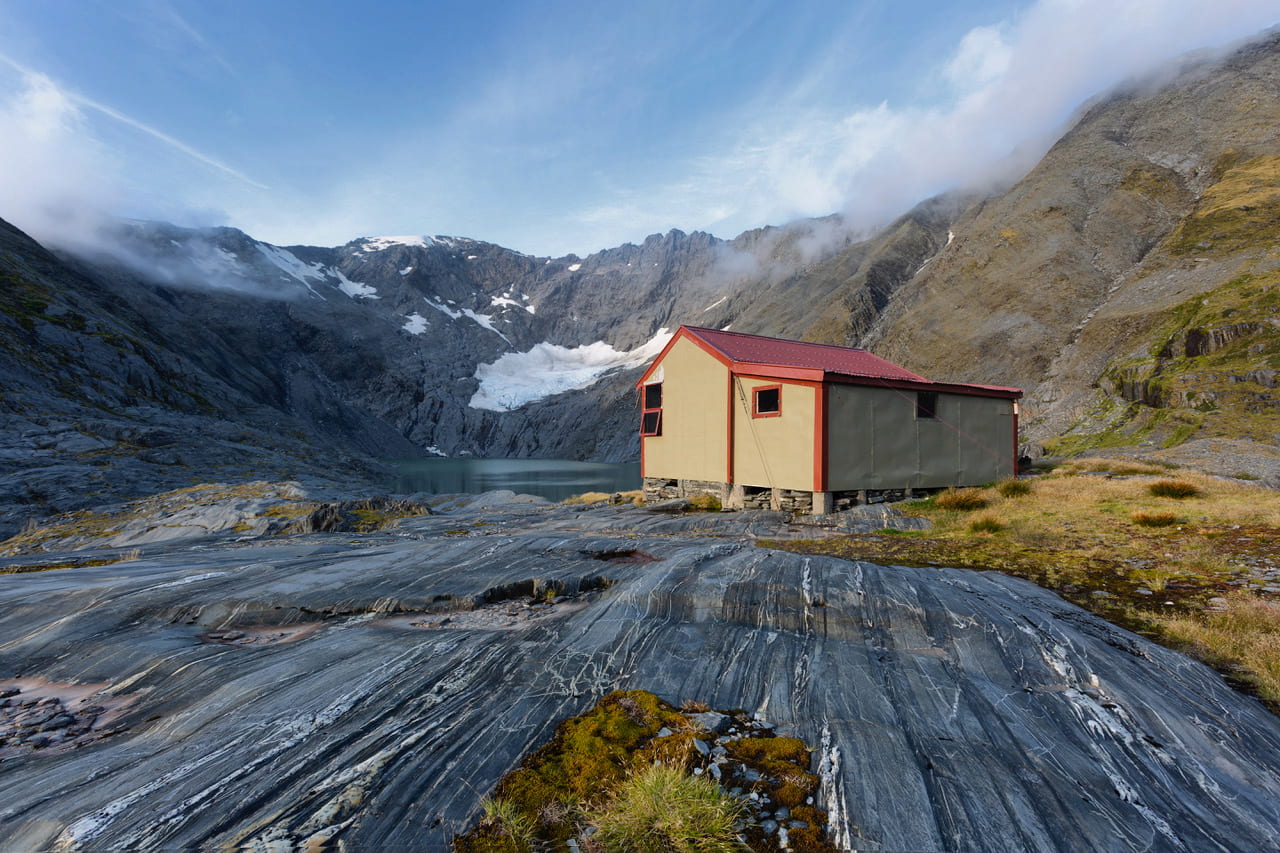
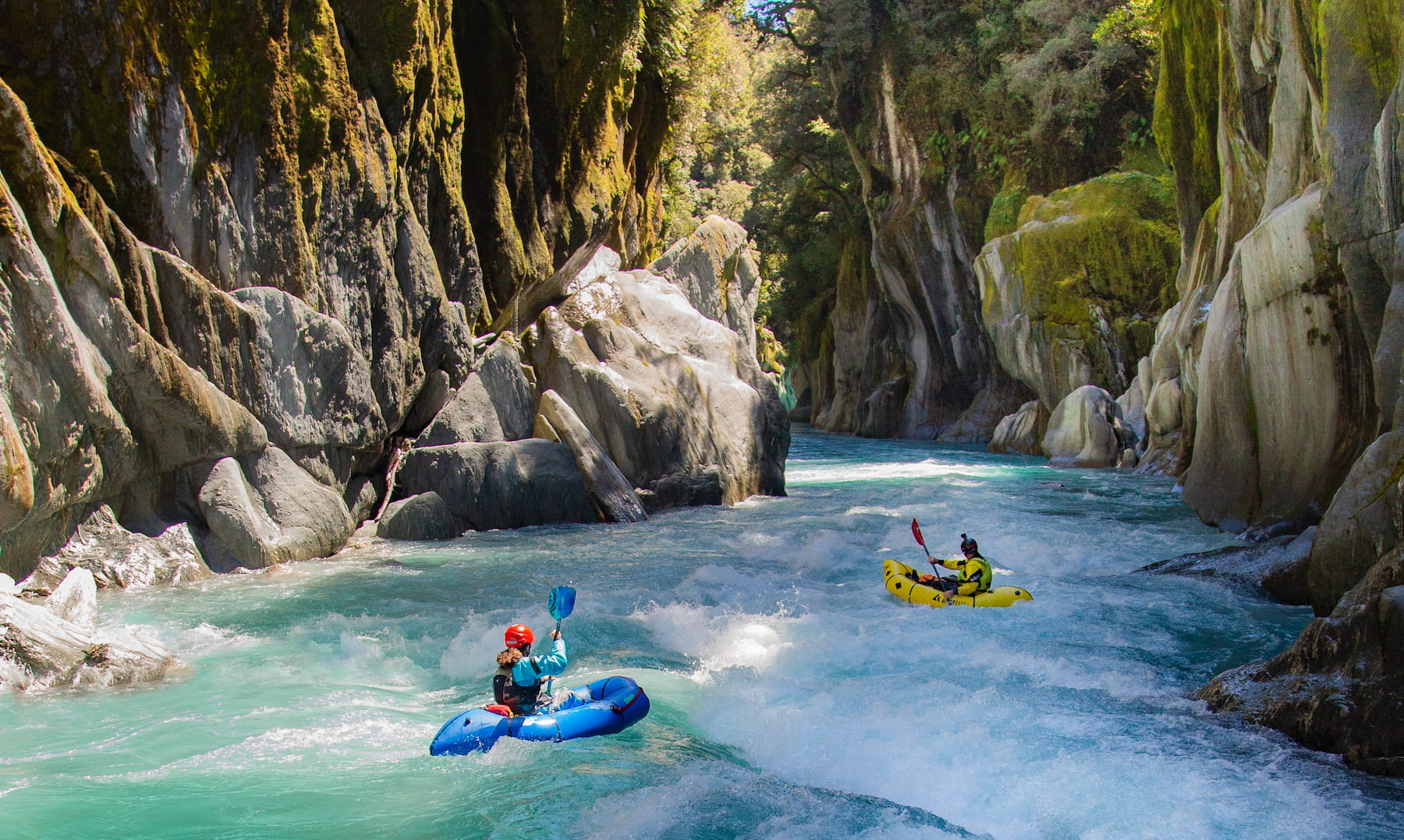

Why it matters — and what you can do
Stewardship land includes some of Aotearoa’s wildest, most beautiful, and ecologically important places. FMC will continue to advocate for its proper protection — so these lands can be valued for their natural and recreational worth, not treated as surplus for development.
Here’s how you can support this kaupapa:
- Use our interactive map to plan your trips and learn when you’re recreating on stewardship land
- Visit huts located on stewardship land — explore the area and build a personal connection
- Return to your local stewardship spots regularly, and bring friends or whānau along
- Speak up about Fast-track projects threatening high-value areas — and share those stories
- Tag @federatedmountainclubs in your stewardship land adventures to help raise awareness
- Support FMC — join us via a club or as an individual, donate, or share our work – your financial support helps us continue our work
- Read more about stewardship land on our Wilderlife blog — stories, insights, and background



